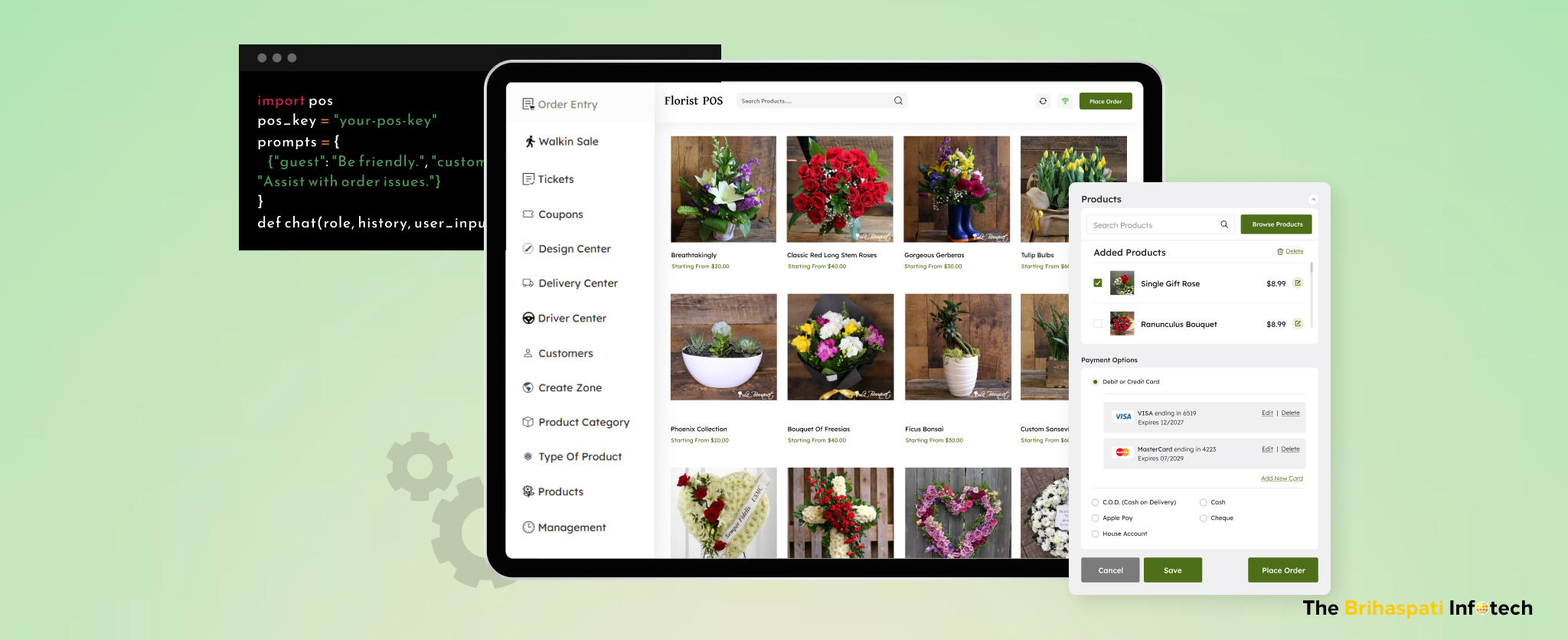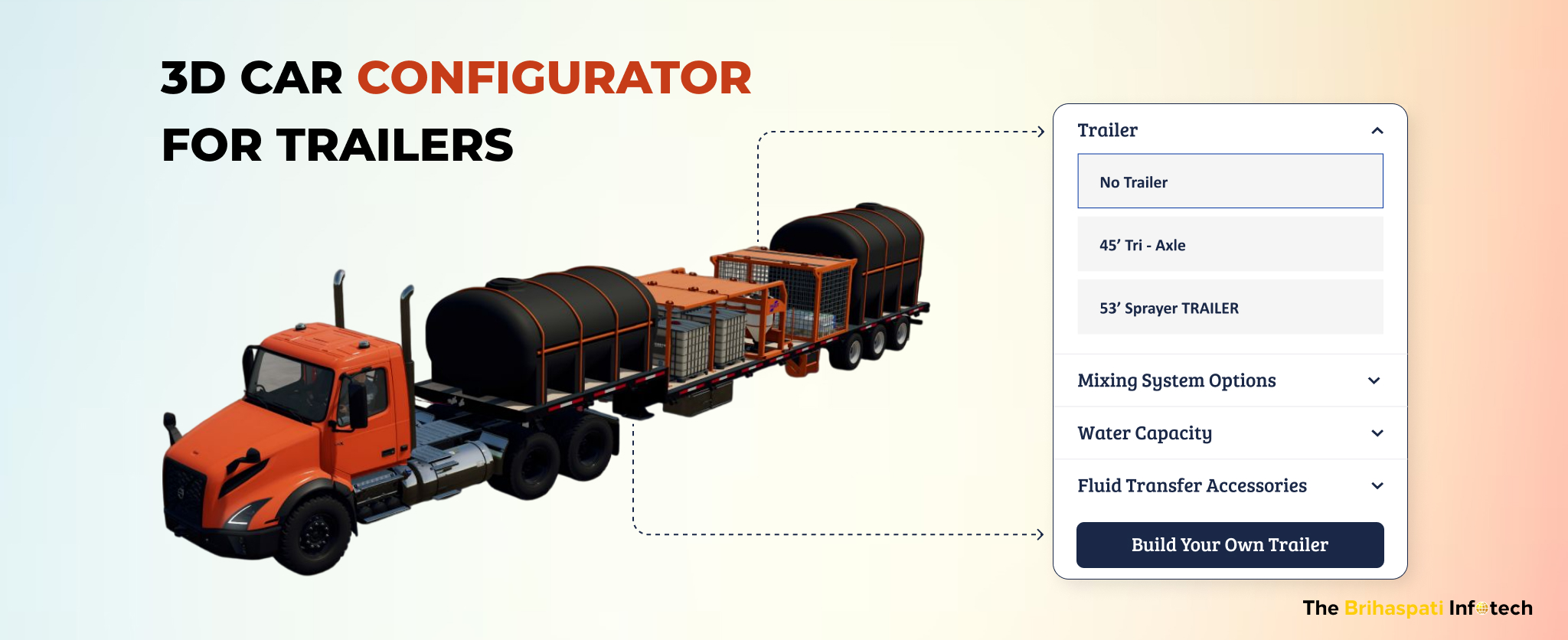
Migrating to Magento: Planning it the right way.
Whether you started your journey using a DIY store builder or you achieved initial success using the reliable WooCommerce, Opencart or Shopify eCommerce platforms, while planning for expansion every store owner will consider Magento at least once and many will actually elect Magento for managing their eCommerce stores.
Choosing Magento as your Ecommerce store driver can be a fruitful decision but migrating to it can really be a perplexing experience.
The first thing everyone will tell you is to do your research before migrating to Magento, and yes it is true in every essence.
Going through the CMS migration process without doing a thorough initial research is just like entering a dark maze and searching for road signs for correct directions.
Just a couple of days into the migration process you will start feeling like a lost soul. Scary! isn’t it.
So where do you begin your research? Let me guess – You Google.
- How should i migrate from my CMS to Magento?
- What not to do while migrating to Magento?
- What should i do while migrating to Magento?
- Checklist to follow while migrating to Magento!
and the list goes on….
You might find some really great suggestions to adapt during the migration process, most of which will summarize these 3 points:
- How to effectively extract data from your current store.
- How to Transform that data for Magento.
- How to effectively upload that data in your Magento store.
These suggestions can turn out really helpful if used in the right way.
However, i bet there will be One question that will still haunt you howsoever thorough research you perform, which is
“Should i use an automatic service to migrate my website or should i hire a professional developer to help me out”.
This is what we are clarifying here for you.
Let’s face it, The most captivating results that shows up on Google when you type “CMS migration” are a bunch of websites which provides automated migration process.
A process that has all the bells and whistles “low cost”, “minimal implementation time” and claims to make the migration of your website to Magento relatively easy.
But is it really that easy?
While i am not going to take any credit away about the effectiveness of any such web service, claiming to automate the migration process, i am here to clarify the following things to our readers
- The limitations of these services
- In what scenarios these services can be really useful and most importantly
- When not to rely on these services.
To begin with, let’s understand how these automatic migration services work.
These CMS migration solutions relies on pre-built scripts that look for predefined entities in a website which when found are migrated to the target CMS. In other words, these scripts can only migrate specific data types depending upon the script built for source and target CMS platform combination.
All such migration services generally categorizes these entities in more or less the following way:
- Product and Product categories
- Customers and Customer Orders
- Taxes
- Coupons
- Reviews
- Languages
- Images
- Metadata
- Pages
Seems like they have covered all the necessary ground for a successful migration, Right?
WRONG!!
Here’s what many of these scripts miss out on:
- Retaining Customer login and passwords
- Retaining the website’s SEO ranking
- Setting up 301 redirects.
- Retaining product variants
- Fixing broken links
- Performing a thorough Quality Analysis
And much more…..
There can be some services that claim to accomplish these as well but i bet they will charge you extra to implement these additional tasks and will have a developer or a development team involved in the migration process.
By the end of the migration it is conspicuous that while Automatic migration services might be a great way to transfer vast amounts of content and that too really quick (when compared to manual transfer), there will be certain entities that do not get scripted because of different architectures of the platforms.
Eventually, This will lead you to manually resolve many issues like : broken links, content formatting lost sitemap, loss in SEO rankings and many others which in the end will result in a negative ROI.
On the contrary, let’s understand how a development team goes about the migration process:
A migration plan of a development team is on the following lines:
- The first and foremost step is a need assessment session that takes place between the Project manager and a client to consult the Whys and Hows of the migration.
- Once the developer and the client are on the same page, then we finalize the migration plan, which includes -:
- Determining the current CMS and planning the migration from Magento’s perspective.
- Planning the structure of the new site.
(Yes, a manual migration gives you the flexibility to make changes in the site structure, workflow, layout and any other customization you are thinking of.)
- Tracking the SEO setup of current site and implementing steps so there is no loss in SEO.
- Taking backups of current site before proceeding with the migration.
- Keeping the website security intact.
- Creating custom script to import content
- Organizing and making sure the right content is in the right place.
- Performing Quality Assurance tests.
- Fixing Broken links
- Then deploying the final website Live.
Isn’t it great to actually talk to a person who is going to be technically in charge of the migration process ?
I believe a client would also like a developer to understand the reason why he is migrating and what he tends to achieve post migration.
This is where the automatic migration tools fails as you are not always sure how the final result with turn out.
So which approach are you going to take?
If you’ve planned a migration then you must have realized by now that you will need some technical expertise even if you use an automated web service for your migration process.
Hence, if you have used such a web service in the past and know about all the entities that the automated web service will migrate for your website then you can use a reliable CMS migration service.
However, if this is your first time migrating to a different CMS and you also need to refresh the look and feel of your site or if you want to add any new features or functionality then it is best to consider hiring a reliable magento development company and have them answer your doubts, let them create a plan of action for the migration process which will be tailor made to your website.
CMS migration is clearly a lot different than content migration and we hope this post helped our readers realize how important it is to distinguish the offerings of an automatic CMS migration web service and the services offered by web development teams.
Reach out to our Magento experts with any queries you may have about the migration process. We will be delighted to help!!
Stay Tuned for Latest Updates
Fill out the form to subscribe to our newsletter











